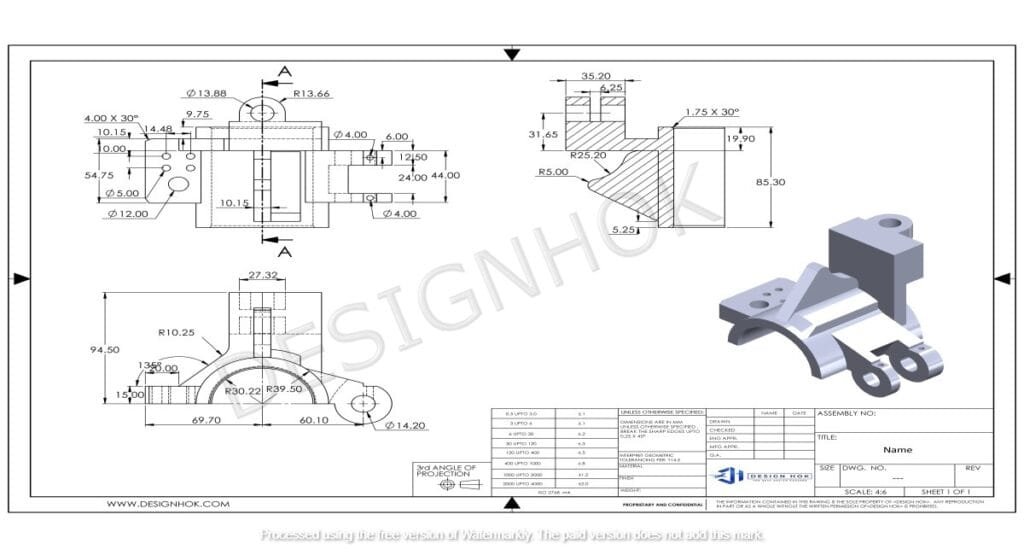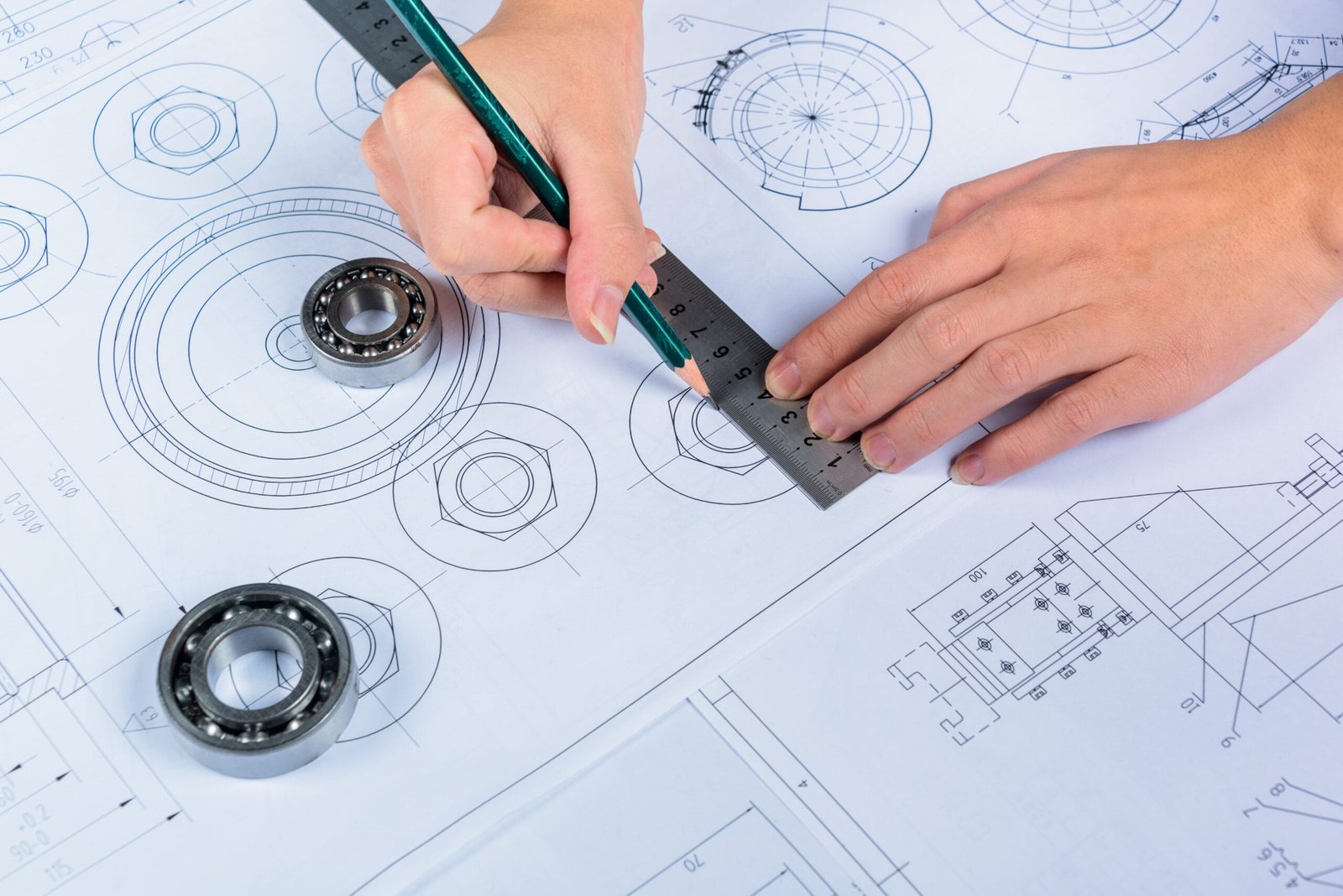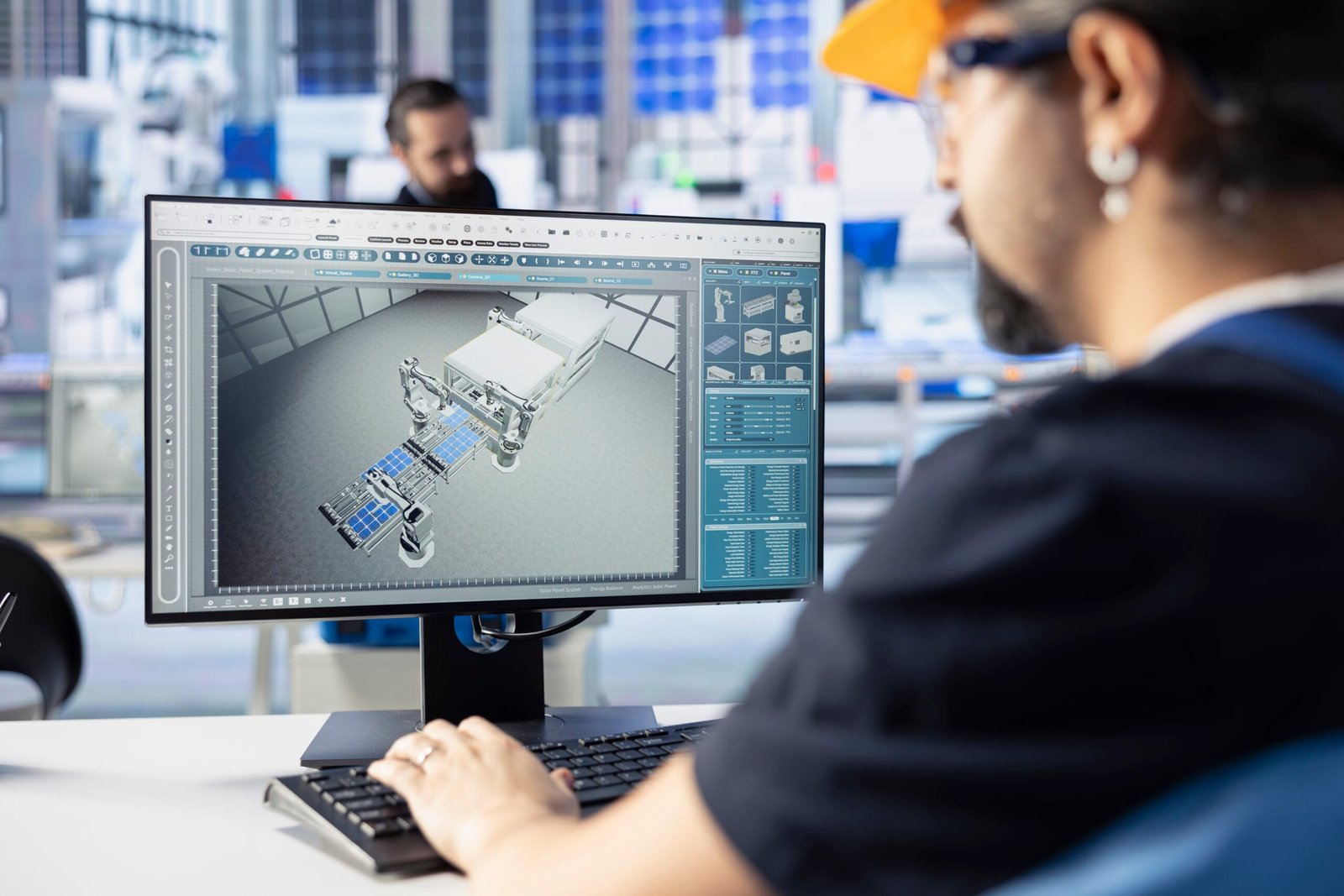Description:
This blog dives into the basics of Blender 3D Modeling Basics for DesignHok utilizes it to bring innovative ideas to life. Discover the core features, tools, and workflows that make Blender an essential tool for 3D design, and explore why it’s a go-to solution for professionals and beginners alike.
Introduction
In the evolving world of Blender 3D Modeling Basics for DesignHok, having the right software and skills makes all the difference. Whether you’re visualizing a product, animating a mechanical part, or crafting an architectural layout, 3D modeling helps turn concepts into tangible digital experiences. One of the most powerful tools for this purpose is Blender—a free and open-source 3D creation suite used by professionals and hobbyists alike.
At DesignHok, we believe in using the most flexible and creative tools available to deliver custom 3D solutions. Blender plays a significant role in our modeling process, enabling us to build detailed, precise, and visually appealing designs. This blog is your ultimate beginner’s guide to understanding Blender 3D modeling basics and how DesignHok incorporates it into real-world design projects.
What is Blender 3D Modeling Basics for DesignHok?
Blender 3D Modeling Basics for DesignHok is a robust, all-in-one 3D design platform that supports modeling, sculpting, animation, rendering, and more. It’s favored by artists, game developers, engineers, and product designers due to its powerful features, flexible tools, and active global community.
The best part? Blender is completely free and open-source, making it an accessible entry point for designers at all skill levels.
Why Blender 3D Modeling Basics for DesignHok?
At DesignHok, our design team uses Blender to craft 3D models for a wide range of applications—from product prototypes and architectural layouts to 3D renderings and animations. Blender is ideal because:
- It’s flexible and can handle everything from low-poly modeling to detailed sculpting.
- It supports a wide variety of file formats, allowing smooth integration with CAD tools and rendering engines.
- Its real-time viewport and rendering features help us visualize changes instantly.
- Blender’s add-ons and scripting capabilities allow us to customize workflows for faster project delivery.
Core Concepts of Blender 3D Modeling Basics for DesignHok
Before diving into the workflow, it’s essential to understand some basic terms and tools used in Blender’s 3D modeling environment.
1. Object Mode vs. Edit Mode
- Object Mode is where you manipulate entire objects (move, rotate, scale).
- Edit Mode allows you to work on individual parts of the mesh (vertices, edges, faces).
2. Mesh Modeling
A mesh is a collection of vertices, edges, and faces that define the shape of a 3D object. Mesh modeling is the most common approach in Blender for creating solid objects.
3. Modifiers
Modifiers are tools that apply changes to models in a non-destructive way. Examples include:
- Subdivision Surface: Smooths your mesh by increasing polygon detail.
- Mirror: Creates symmetrical models faster.
- Boolean: Combines or subtracts objects to shape new designs.
4. Viewports and Navigation
Understanding how to move around the 3D space is essential:
- Use middle mouse button (MMB) to rotate.
- Shift + MMB to pan.
- Scroll to zoom in and out.

Blender 3D Modeling Basics for DesignHok Workflow
Let’s walk through a simplified version of the modeling process we follow at DesignHok using Blender:
Step 1: Start with a Basic Shape
Blender includes primitive shapes like cubes, spheres, and cylinders. We often start by inserting a basic shape and modifying it using tools like extrude, scale, and loop cuts.
Step 2: Enter Edit Mode and Modify the Mesh
Switch to Edit Mode to start shaping the object. We manipulate the geometry using selection tools:
- Vertex Select
- Edge Select
- Face Select
Using Extrude (E), Inset (I), and Knife (K), we build complexity into the model.
Step 3: Apply Modifiers
To maintain clean topology and symmetry, we apply modifiers such as:
- Mirror Modifier (for symmetrical modeling)
- Subdivision Surface (for smoothing)
Step 4: UV Unwrapping (Optional)
If textures will be applied, the model is UV unwrapped—a process that flattens the 3D surface into a 2D map for accurate texture placement.
Step 5: Material and Lighting Setup
We apply materials and set up lighting in Blender’s Shader Editor and Viewport to prepare the model for rendering or presentation.
Step 6: Exporting the Model
Once complete, models are exported in formats like .obj, .fbx, or .stl, depending on the next step—rendering, animation, or integration into CAD software.

Applications of Blender 3D Modeling Basics for DesignHok
Blender plays a role in several key services offered by DesignHok:
• Product Design
Blender helps us rapidly prototype physical products in 3D. We use it to visualize features, ergonomics, and aesthetics before moving to manufacturing.
• Architectural Visualization
We create interior and exterior architectural layouts, including furniture and lighting, to present realistic representations of spaces.
• 3D Rendering
Models created in Blender are rendered using either its built-in Cycles or Eevee engines or exported to third-party rendering software for final image creation.
• Animation and Walkthroughs
Blender’s animation tools allow us to produce walkthroughs, product demos, or functional animations for better storytelling.
Tips for Beginners Using Blender
If you’re new to Blender, here are a few tips to help you get started:
- Learn the Shortcuts—Blender is shortcut-heavy, and learning them will speed up your workflow.
- Start Simple—Practice by modeling simple objects like a table, bottle, or chair.
- Use Reference Images—Helps keep your design accurate and consistent.
- Watch Tutorials— The Blender community is huge. Free tutorials are everywhere.
- Don’t Fear Mistakes—Blender is non-destructive, and every mistake is a learning opportunity.
Conclusion
Blender 3D Modeling Basics for DesignHok is a powerful and flexible tool that allows DesignHok to deliver high-quality 3D modeling services to clients across various industries. Its open-source nature, combined with advanced capabilities, makes it ideal for creating everything from simple prototypes to complex digital environments. Whether you’re a beginner looking to explore 3D design or a business in need of professional modeling services, Blender and DesignHok offer a perfect combination of creativity, precision, and innovation.
FAQs: Blender 3D Modeling Basics for DesignHok
Q1: Is Blender really free to use?
Yes, Blender is 100% free and open-source. There are no hidden costs, which makes it accessible for everyone from students to professionals.
Q2: What types of projects can be modeled using Blender at DesignHok?
We use Blender for product design, architectural visualization, mechanical modeling, furniture design, and even animation sequences.
Q3: How long does it take to model a product in Blender?
It depends on the complexity. A simple object might take a few hours, while detailed architectural layouts can take days to complete.
Q4: Can Blender models be used for 3D printing?
Yes! Blender supports exporting models in STL format, which is widely used for 3D printing.
Q5: Do you offer custom Blender modeling services at DesignHok?
Absolutely. We specialize in custom 3D modeling based on client sketches, CAD drawings, or concept ideas.
Q6: Is Blender good for architectural modeling?
Yes, Blender offers precision tools, real-time rendering, and photorealistic capabilities perfect for architectural visualizations.
Q7: Can I animate the models created in Blender?
Yes. Blender includes powerful animation tools that allow for character movement, product demonstrations, camera walkthroughs, and more.





